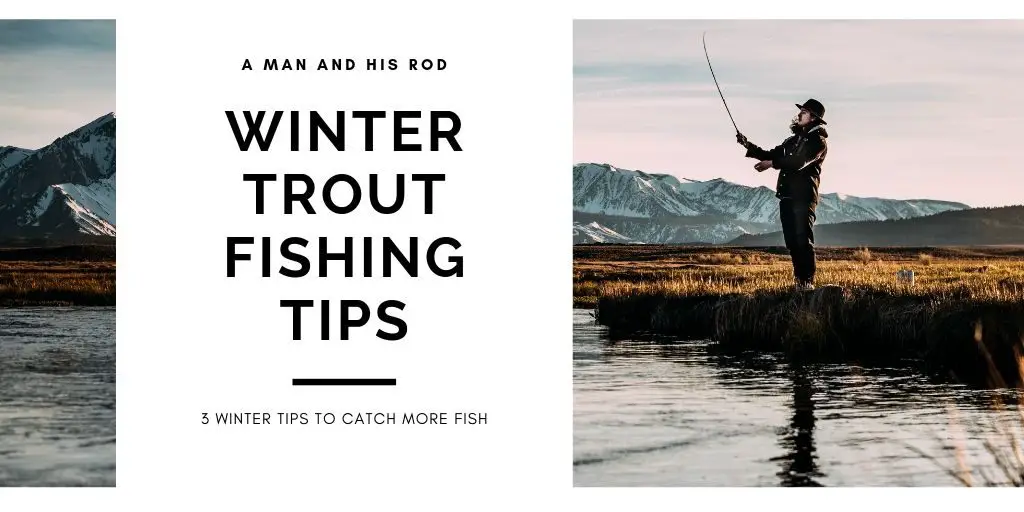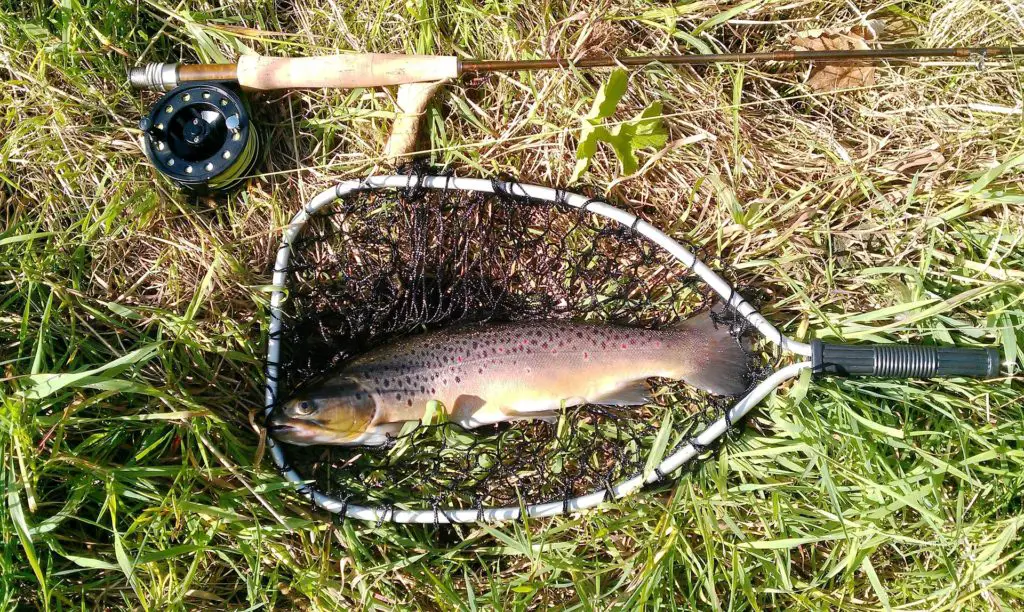I know when I first started to fly fish, I was completely overwhelmed by most of the gear needed. But what really threw me for a loop was all the different types of fly fishing lines.
Coming from the world of bait casters and spin fishing I was unprepared for the baptism of gear I was about to receive.
Walking into the fly shop with all the confidence in the world, I asked the man at the counter where the line was and followed his index finger to the back of the store.
Looking at the wall, I was met by what I thought at the time was a massive selection of lines. Feeling completely overwhelmed I stood there slack-jawed in awe by all the different weights, density, and taper. Luckily an employee was able to help out before I began convulsing on the floor.
He was able to set me up with some nice 5-weight, weight-forward taper, floating line. Which works perfectly for everything I need. I can now speak about fly lines with only a slight eye twitch, but after writing this article and going in for a deeper dive I feel more confident than ever. So, let’s take a look at this together and ensure you pick out the best fly line for you.
If you fishing small streams or fishing bigger stillwater we have you covered.
Fly Fishing Line Weight
Fly line weight is based on a 1-15 size spectrum, with 1 being the lightest and 15 being the heaviest. The lower line weights are best for small flies and delicate presentations, while the larger lines are made for throwing heavier and bulkier flies.
When selecting the weight of your line you’ll have to take into account what the weight of your rod is. It is recommended to match your line weight to your rod weight. However, you can also go up or down a size if need be.
An example of this would be if you had a 5wt rod you would be recommended to use a 5wt line. But you could also use 4wt line or 6wt successfully.
Fly Fishing Line Taper
Lines are tapered to help you cast more efficiently. Overall, the taper will vary in weight, diameter, and thickness over the total length of the line. There are five different types of taper and they all serve a specific purpose.
Weight Forward Taper

- Most Popular
- Best for Beginners
- The first 30 feet are heavier because of a tapered front end
- The remainder of line if thinner
- The weighted front end will help with long casts and in windy conditions
Bass Bug Taper

- Similar to the Wight forward line, but the taper is not as long
- Works best for heavier fish
Double Taper

- Great for delicate presentations
- When the line has worn out you turn it around and use the other end
- Wont cast as far and is not as wind
- Not for the novice
Shooting Taper

- The front section is short and thick which helps form a casting loop
- Can cast further than other fly lines
- Designed for fast rivers and windy conditions
Level Taper

- These are the same diameter throughout
- Cheapest of the fly lines
- These are used primarily for live bait
- Difficult to cast
- Only use if a seasoned fly angler
Hopefully, that gives you some better insight into what the taper is on a fishing line. If you’re a beginner it would be best for you to stick with the weight forward taper. This seems to be the best for overall usage and the easiest to use for the novice.
Now that we have the tapers explained, let’s go over what the density of your line should be. The density of your line is how it behaves when on the water. There are four different types that are vastly different.
Fly Fishing Line Density
Floating Line
- Float on the surface
- Better for the novice because they’re easier to cast
- These are a must have if fishing with dry flies
- Can be used for nymph and streamer fishing but cannot be fished too deeply
Intermediate Lines
- Slightly denser than water
- Sink slowly to present a fly just below the surface
- Works well in weedy or windy days where the water is choppy and you wish to have your line and fly beneath it
Sinking Lines
- As the name says, they are designed to sink
- Made for deep lakes and fast-moving rivers
- Best used for wet flies and streamers
- Some boxes will have roman numerals on them. this shows how quickly they sink
- S II sinks at 2” per second
Floating/Sinking Lines
- A portion of the tip will be rated as a sinking line while the remainder will float on the water
- Boxes will present how much of the line sinks and how quickly it does so
- Good for steelhead and salmon
Fly Line Color
For the beginner, you should select a bright color such as yellow, or orange. The bright color will let you see any casting mistakes on the water. If you’re using a sinking or floating sinking line go with something that’s more muted such as brown, olive, dark green, or black. The more muted color will be better camouflaged in the water and will be less likely to spook any fish.
Fly Line Backing

Along with your fly line, you’ll also need backing to accompany it. You need something that is going to connect your fly line to the spool and that’s where the backing comes into play. This is a high visibility line that typically only ever gets used when fighting big fish that take a lot of drag. Depending on what type of fishing you do, you may rarely need it; but you’ll be thankful you have it on there when you hook up with that fish of a lifetime.
Final Thoughts
I know that may have seemed like a lot of information all at once, and you may need to look it over a few more times to get the gist, but I hope you now have a better understanding of fly line, and that choosing the correct or incorrect density, weight or taper can make all of the difference when on the water.


